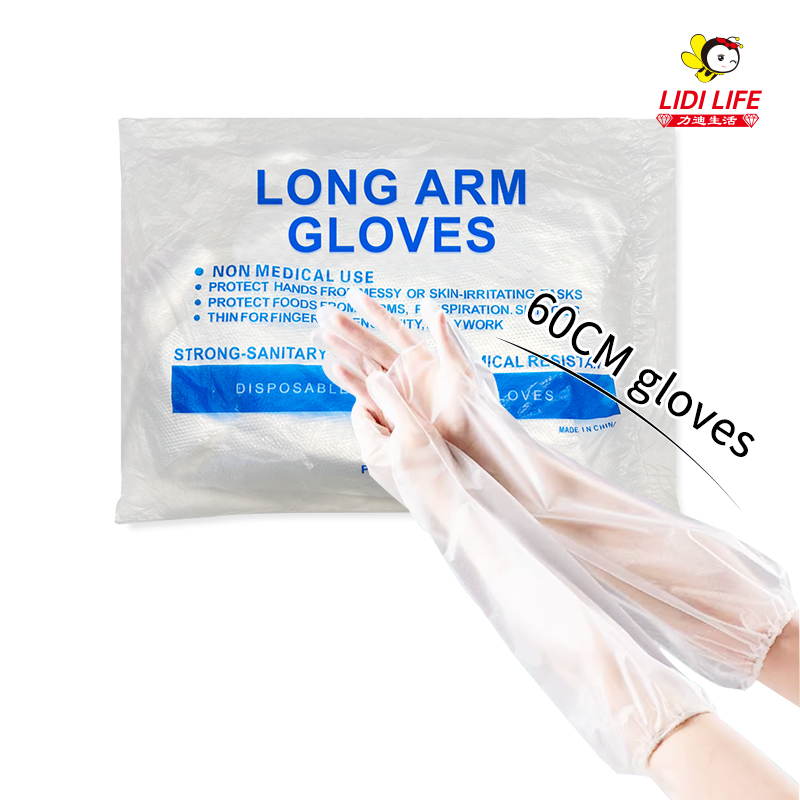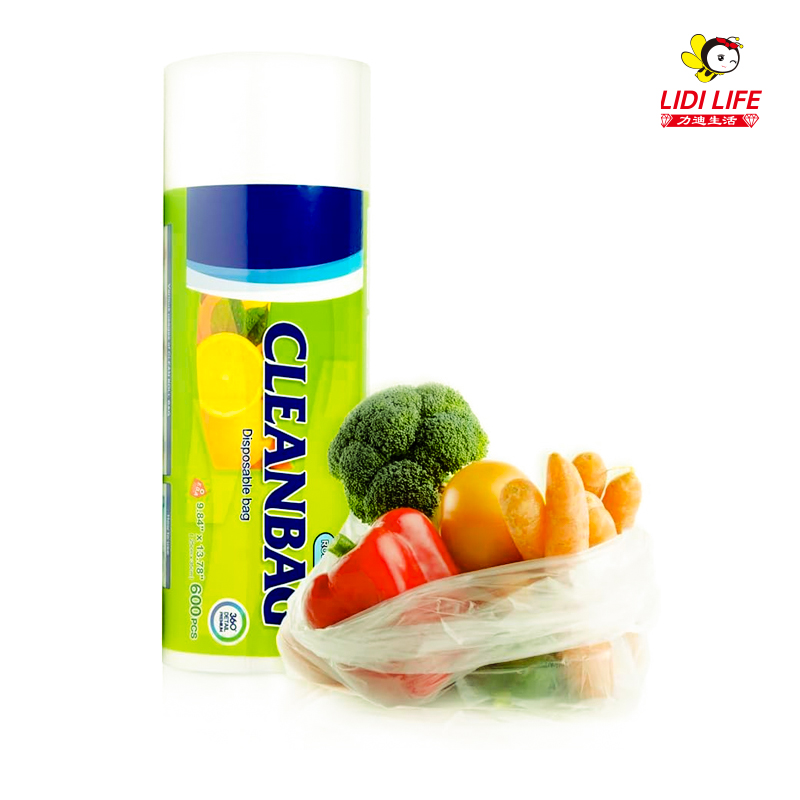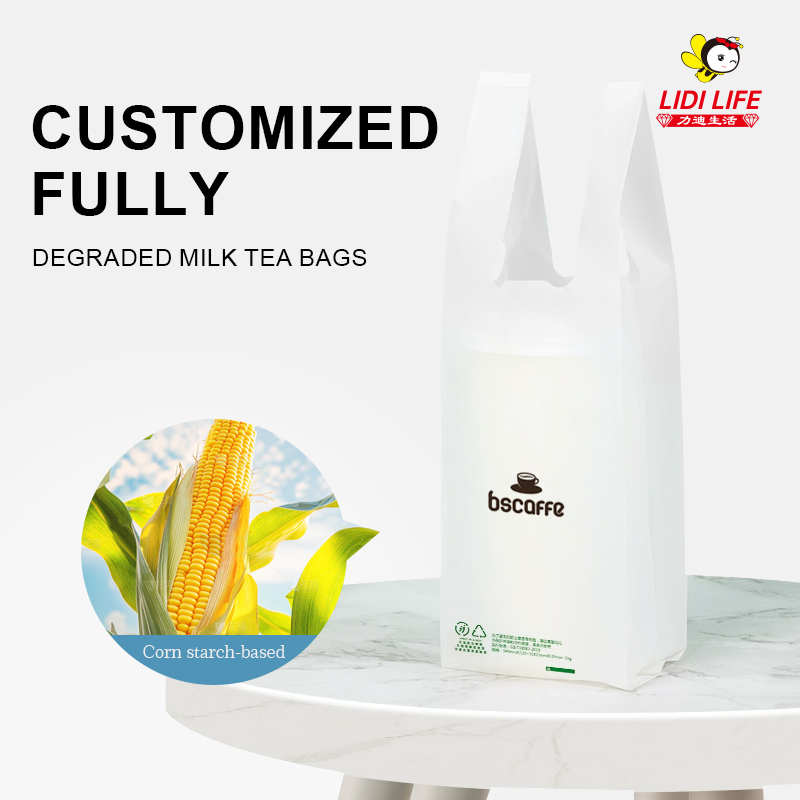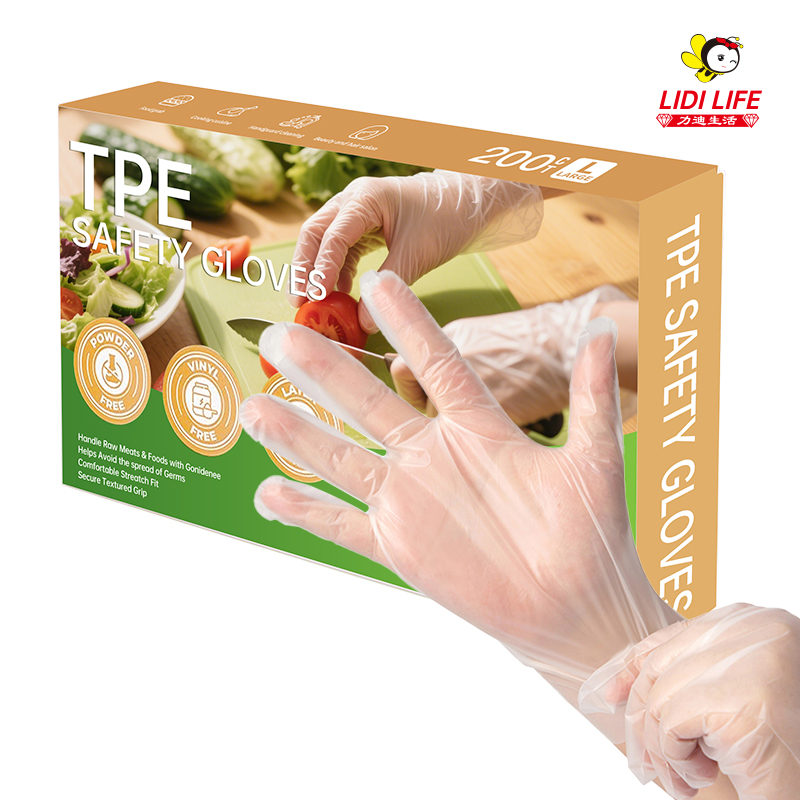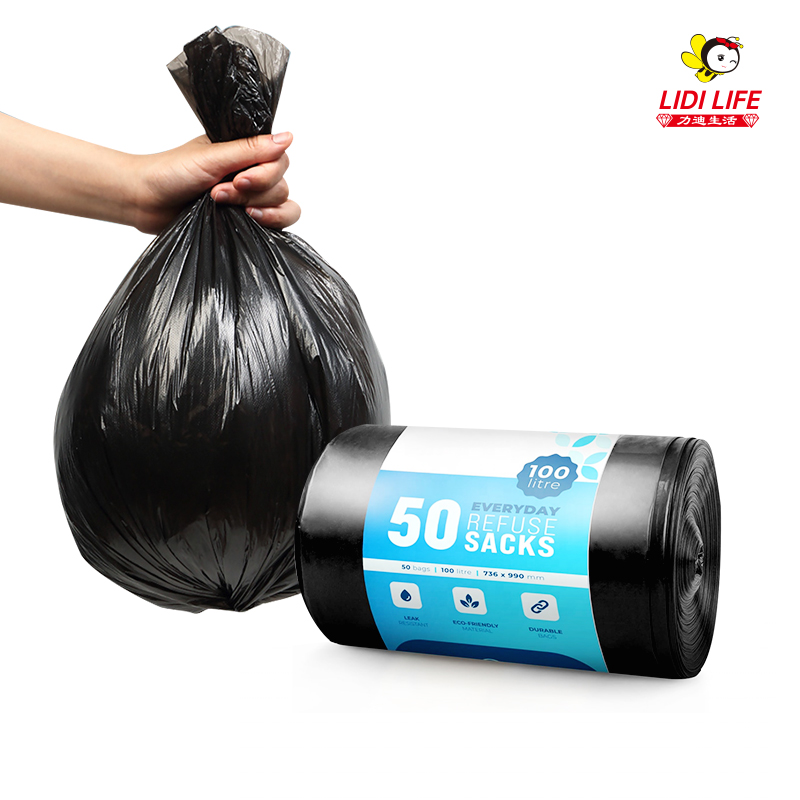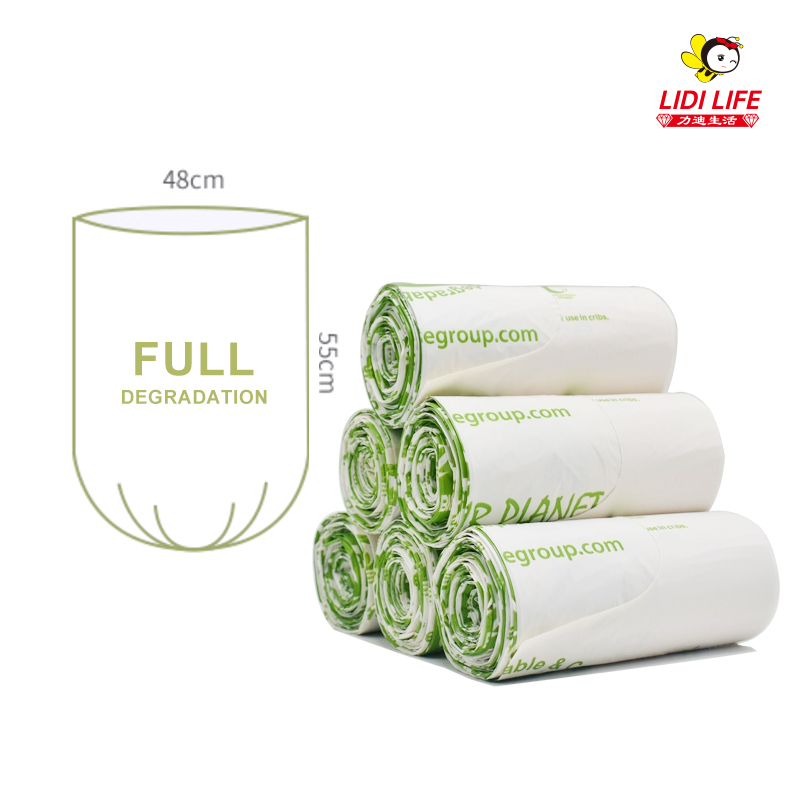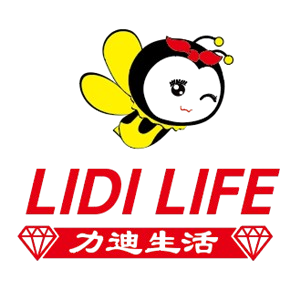Plastic wrap is an essential tool in both household kitchens and commercial food environments. Whether used as cling wrap for food, saran wrap, fruit plastic wrap, PVC cling wrap, or PE cling wrap, each type of plastic wrap differs in material composition, performance, and suitability. Understanding the materials used for plastic wrap allows consumers to choose the safest and most effective option for specific food-preservation needs. Although these products share the common purpose of maintaining freshness, their properties vary greatly depending on their raw materials.
Cling wrap for food is generally made from materials that provide elasticity, transparency, and good sealing abilities. Among the most common materials used to produce cling wrap for food, PVC cling wrap and PE cling wrap are the two dominant categories. Saran wrap, previously known for its polyvinylidene chloride (PVDC)-based formula, also played a significant role in the evolution of modern food wraps. Today, many types of saran wrap have shifted toward PE or similar materials to reduce environmental impact while maintaining functionality.
PVC cling wrap is highly popular due to its superior stretchability, cling performance, and clarity. These attributes make PVC cling wrap ideal for commercial food packaging, particularly in supermarkets where freshness and visual appeal are crucial. When used as fruit plastic wrap, PVC cling wrap adheres closely to the surface of fruits and vegetables, preventing moisture loss while displaying the product’s natural color and freshness. The self-clinging nature of PVC cling wrap helps create a tight seal without additional adhesives. This is why many stores prefer PVC cling wrap when packaging produce, meat, or baked goods. However, because PVC cling wrap contains plasticizers, it is typically recommended for cold or room-temperature applications rather than high-heat conditions.
PE cling wrap, on the other hand, is made from polyethylene, a material known for its safety, heat tolerance, and chemical stability. Unlike PVC cling wrap, PE cling wrap does not rely on plasticizers, making it a safer option for wrapping foods that may come into direct contact with the wrap for extended periods. Many modern cling wrap for food products intended for home use are made from PE because it is suitable for microwaving, freezing, and general food storage. Although PE cling wrap has slightly weaker adhesion compared to PVC cling wrap, it is prized for its non-toxic properties and versatility. As fruit plastic wrap, PE cling wrap provides adequate sealing performance while ensuring safety for families that prioritize low-chemical contact materials.
Saran wrap represents another category within the broader family of plastic wraps. Historically, saran wrap was known for exceptional odor-barrier properties and strong sealing performance. Although its original PVDC formulation is now less commonly used due to environmental concerns, the term “saran wrap” remains widely recognized. Modern saran wrap products—now often based on PE or blended materials—still maintain the core characteristics of cling, flexibility, and reliable preservation. Whether used as cling wrap for food or as fruit plastic wrap, saran wrap continues to be associated with dependable quality.
Fruit plastic wrap itself can be produced using any of the materials mentioned above—PVC cling wrap, PE cling wrap, or saran wrap—depending on the application. For retail environments where appearance and elasticity are important, PVC cling wrap is the most common. For home use, where safety and microwave compatibility matter more, PE cling wrap is a preferred choice. In all cases, fruit plastic wrap plays a vital role in reducing spoilage and preserving freshness during storage and display.


